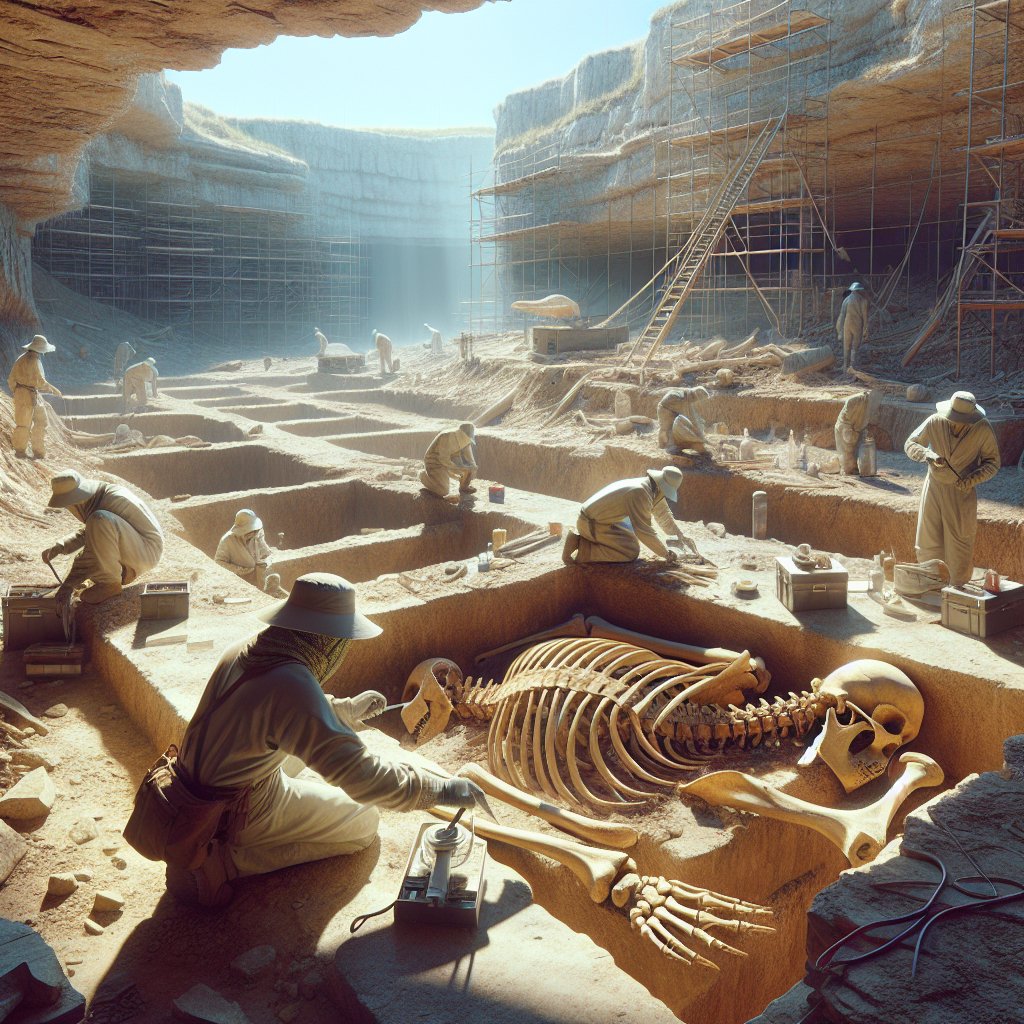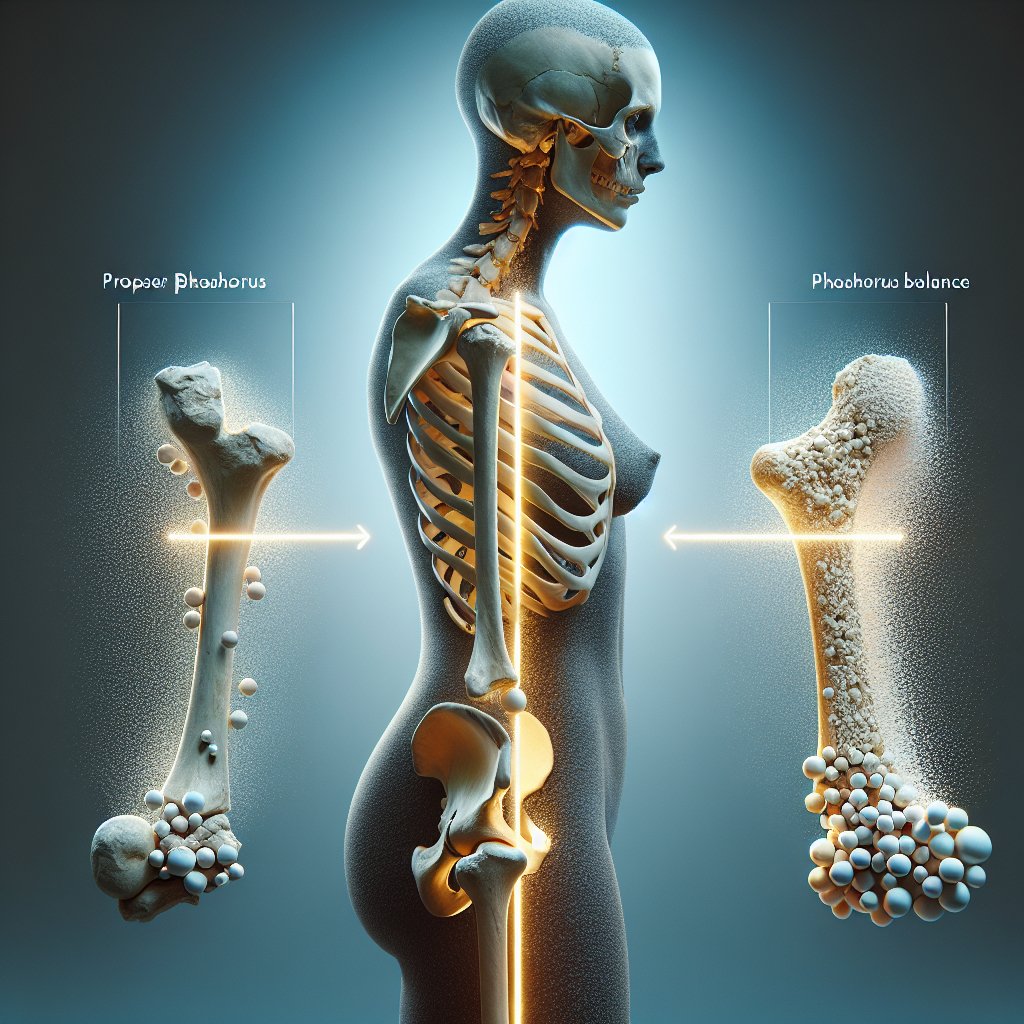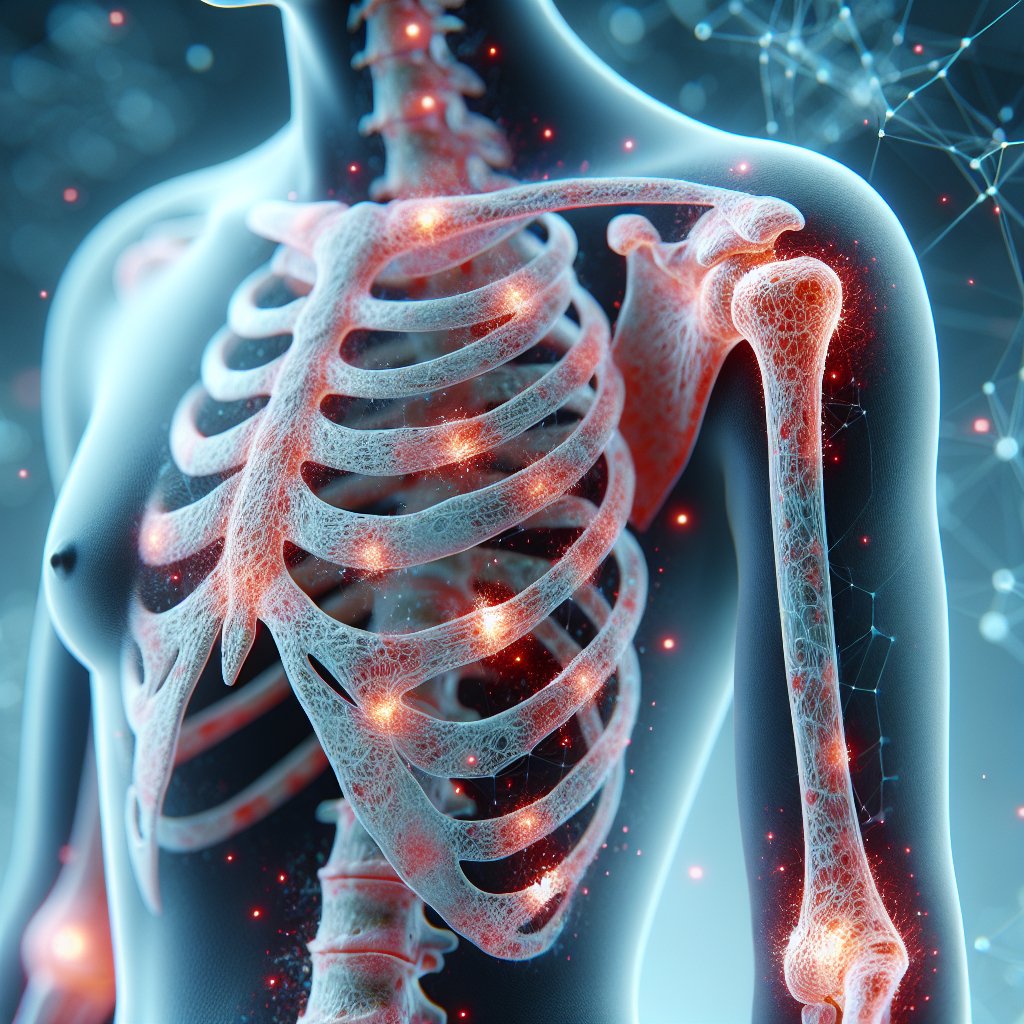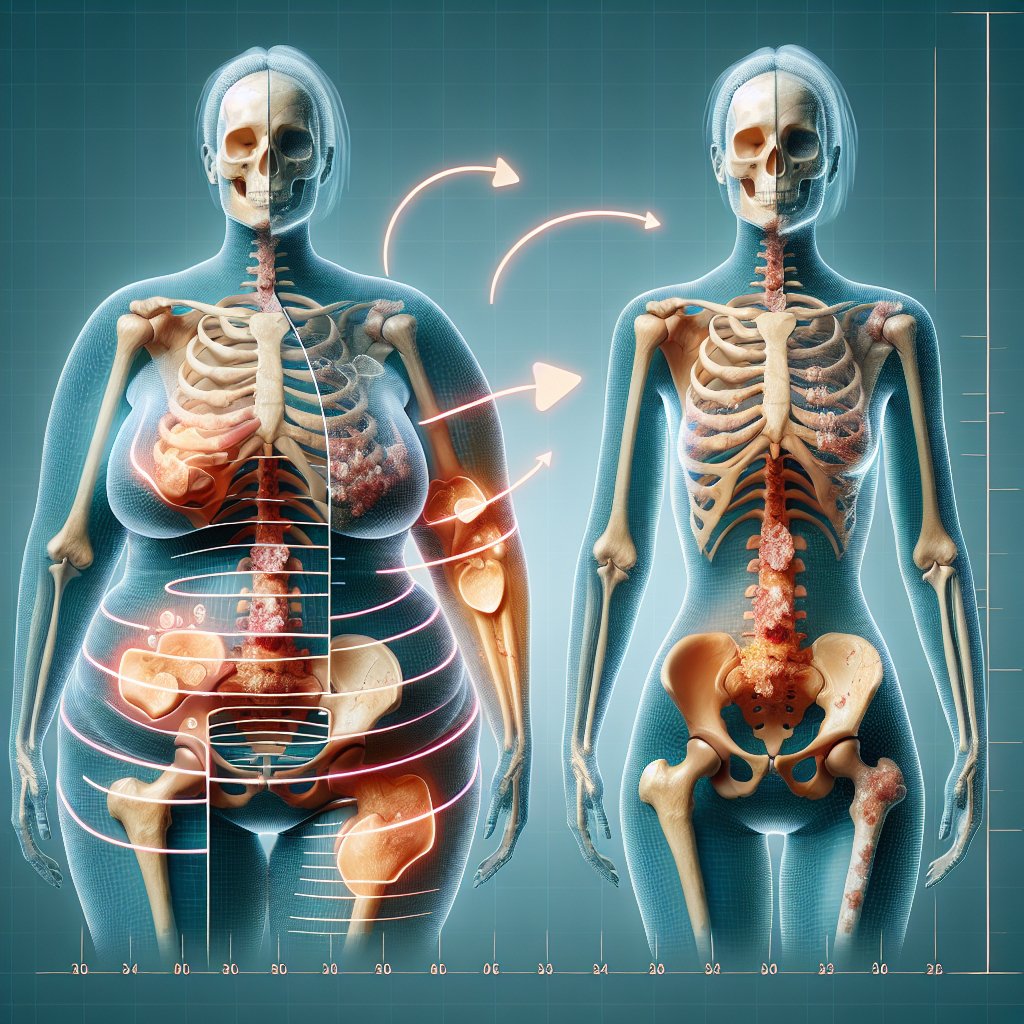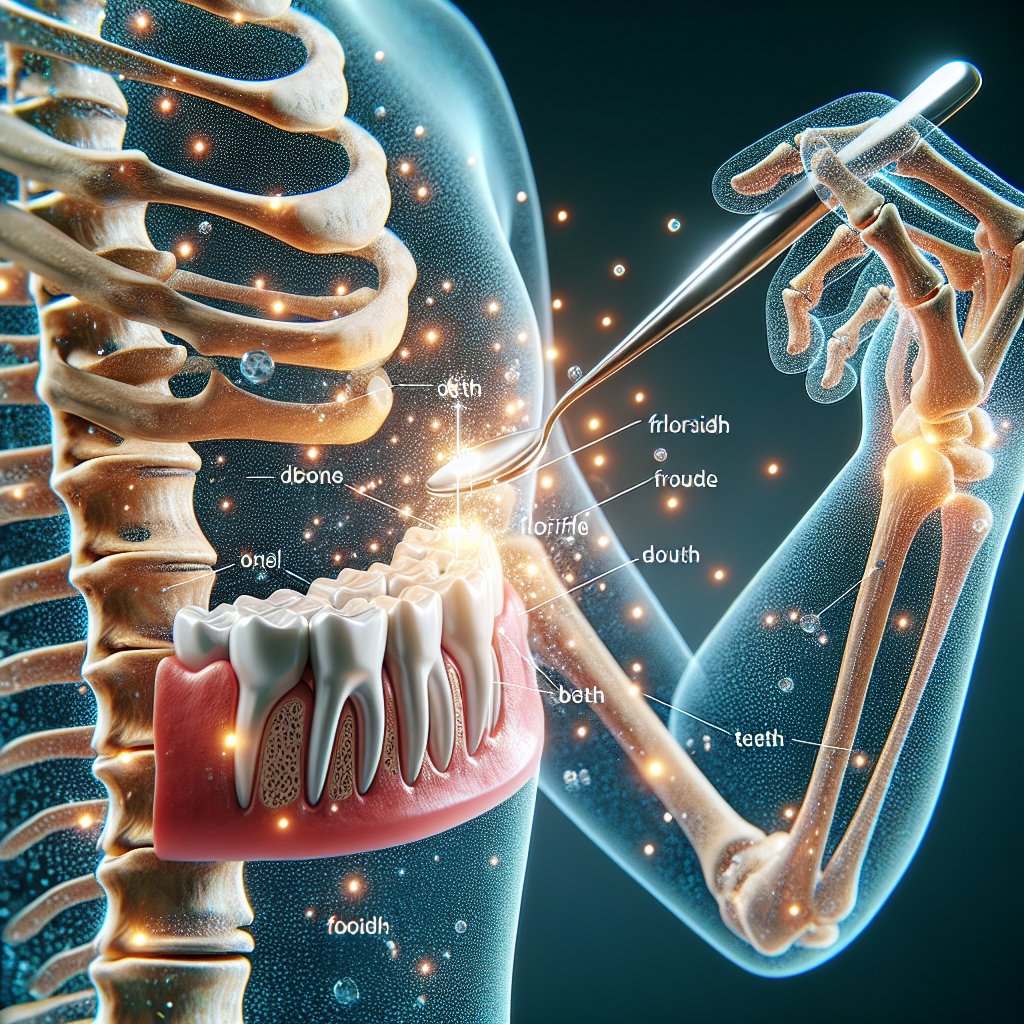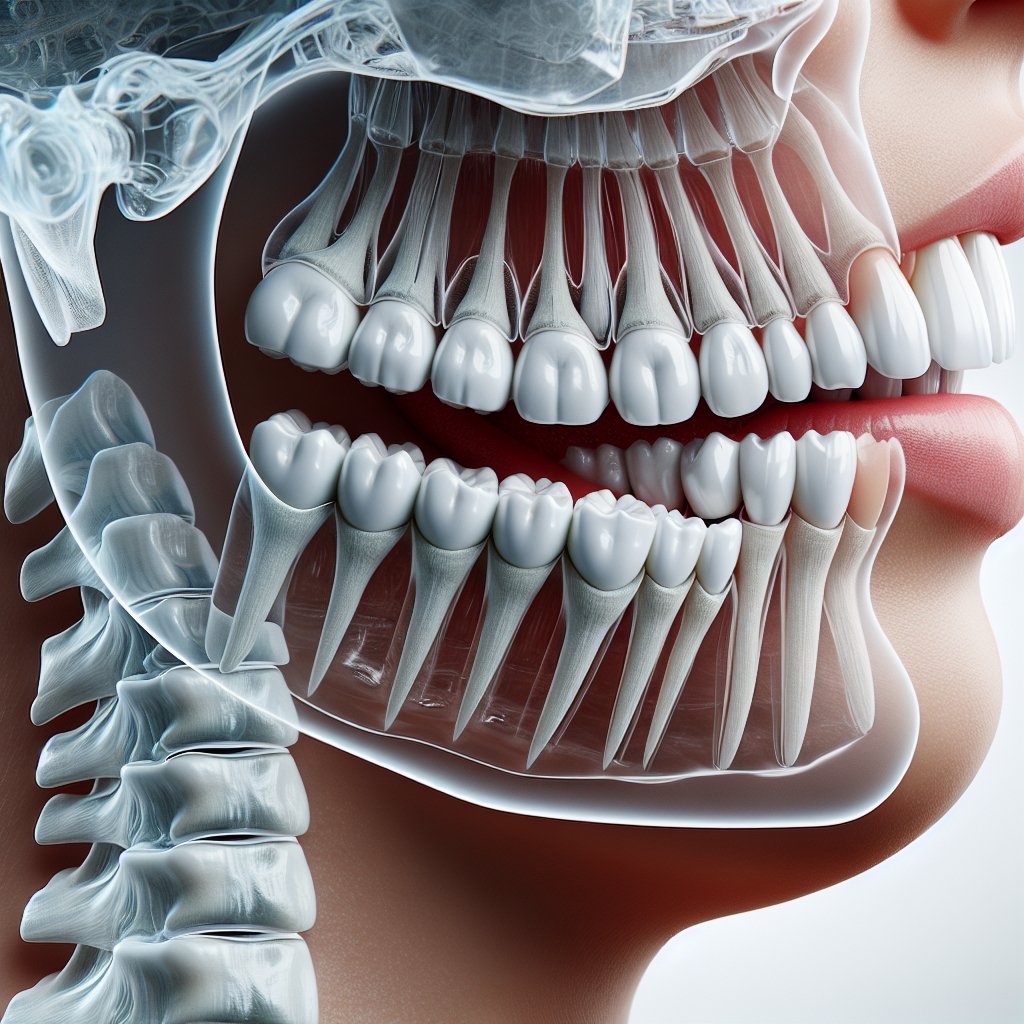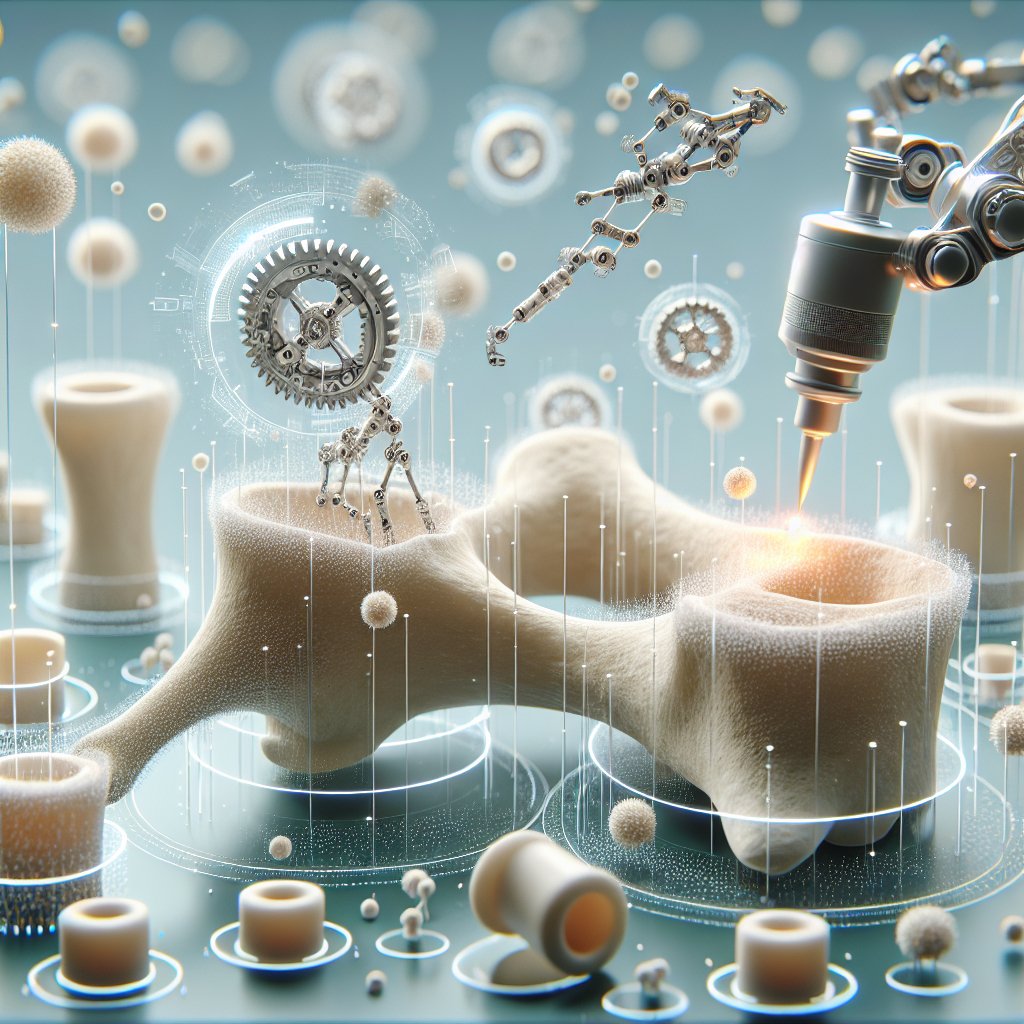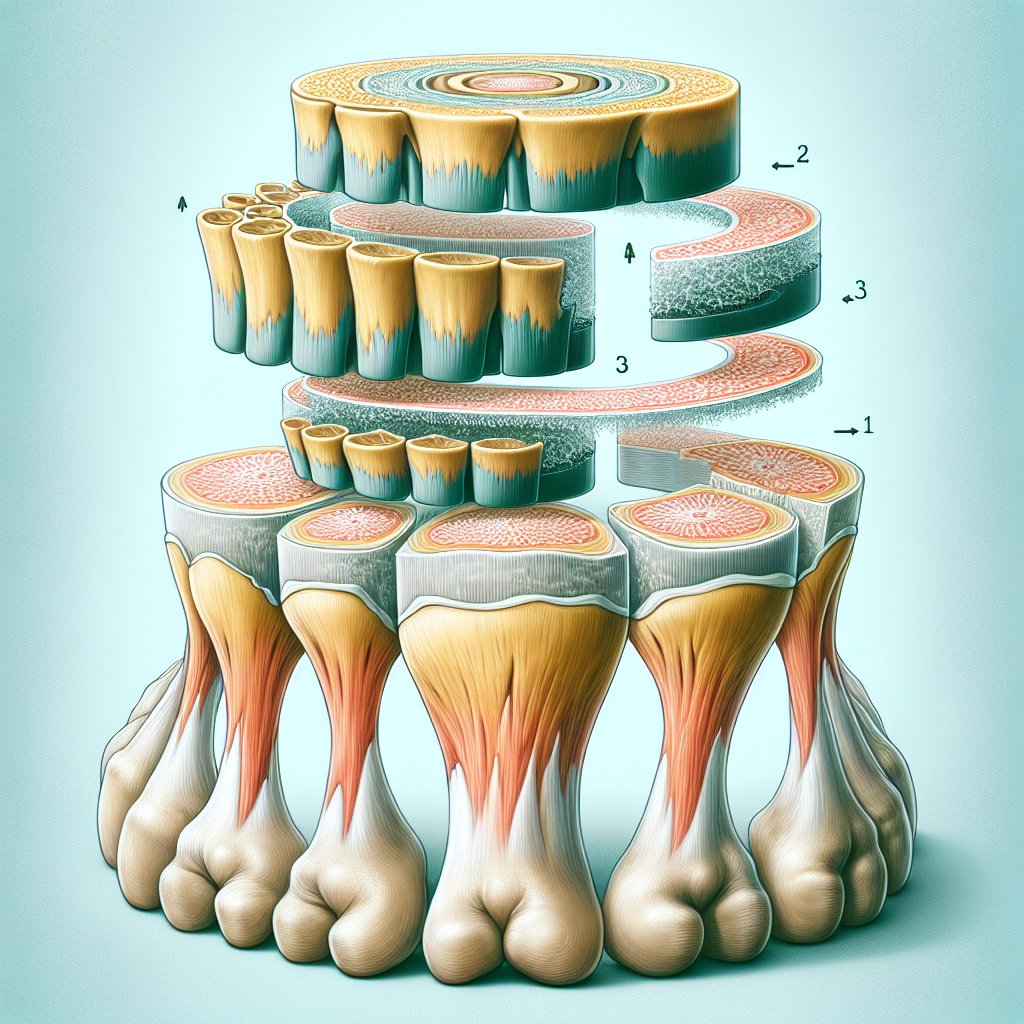The process of ossification is a remarkable biological transformation that plays a crucial role in the development of the skeletal system. This intricate process involves the conversion of cartilage into bone, a phenomenon that is essential for growth, healing, and the overall structural integrity of the body. Understanding ossification not only sheds light on human development but also provides insights into various medical conditions related to bone health. In this article, we will explore the mechanisms of ossification, its stages, and its significance in both normal physiology and pathological conditions.
Understanding Ossification
Ossification, also known as osteogenesis, is the process by which new bone is formed. It is a complex biological process that occurs in two primary forms: intramembranous ossification and endochondral ossification. Each of these processes plays a distinct role in the formation of the skeletal system, and they occur at different stages of development.
Intramembranous Ossification
Intramembranous ossification is the process by which bone develops directly from mesenchymal tissue, which is a type of connective tissue. This form of ossification is primarily responsible for the formation of flat bones, such as those in the skull, clavicle, and some facial bones. The process begins with the condensation of mesenchymal cells into a dense layer, which then differentiates into osteoblasts, the cells responsible for bone formation.
- Step 1: Mesenchymal Cell Condensation – Mesenchymal cells aggregate and differentiate into osteoprogenitor cells, which are precursors to osteoblasts.
- Step 2: Osteoblast Formation – Osteoprogenitor cells mature into osteoblasts, which begin to secrete osteoid, an unmineralized organic matrix that forms the foundation of bone.
- Step 3: Mineralization – The osteoid undergoes mineralization as calcium phosphate crystals are deposited, transforming the osteoid into hard bone tissue.
- Step 4: Formation of Trabecular Bone – As the process continues, trabecular (spongy) bone forms, creating a network of bone tissue that provides structural support.
- Step 5: Periosteum Development – The outer layer of the bone, known as the periosteum, develops from the surrounding mesenchymal tissue, providing a protective covering and a site for muscle attachment.
Endochondral Ossification
Endochondral ossification is the process by which bone develops from a cartilage model. This type of ossification is responsible for the formation of long bones, such as the femur and humerus, as well as the vertebrae. The process begins with the formation of a hyaline cartilage model, which is gradually replaced by bone tissue.
- Step 1: Cartilage Model Formation – Mesenchymal cells differentiate into chondrocytes, which produce a cartilage model that resembles the future bone structure.
- Step 2: Chondrocyte Hypertrophy – Chondrocytes in the center of the cartilage model enlarge and begin to secrete enzymes that promote calcification of the surrounding matrix.
- Step 3: Primary Ossification Center Development – Blood vessels invade the calcified cartilage, bringing osteoblasts that begin to form bone in the primary ossification center.
- Step 4: Bone Marrow Formation – As bone replaces cartilage, the medullary cavity forms, allowing for the development of bone marrow.
- Step 5: Secondary Ossification Centers – After birth, secondary ossification centers develop in the epiphyses of the long bones, allowing for further growth and development.
The Significance of Ossification
The process of ossification is vital for several reasons, including growth, repair, and the maintenance of bone health. Understanding the significance of ossification can provide insights into various medical conditions and potential therapeutic approaches.
Growth and Development
Ossification is essential for the growth and development of the skeletal system. During childhood and adolescence, the process allows for the elongation of long bones, enabling individuals to grow in height. The growth plates, or epiphyseal plates, are areas of cartilage that remain active during growth, allowing for continued bone lengthening until the plates close in late adolescence or early adulthood.
Bone Repair and Remodeling
In addition to growth, ossification plays a critical role in the repair of bone fractures. When a bone is fractured, the body initiates a healing process that involves the formation of a cartilage callus, which is later replaced by bone through endochondral ossification. This ability to repair and remodel bone is essential for maintaining skeletal integrity throughout life.
Pathological Conditions
Understanding ossification is also crucial for addressing various pathological conditions. Disorders such as osteogenesis imperfecta, osteoporosis, and Paget’s disease can disrupt normal ossification processes, leading to weakened bones and increased fracture risk. Research into the mechanisms of ossification can inform the development of targeted therapies to address these conditions.
Conclusion
The process of ossification is a fundamental aspect of human biology, encompassing the transformation of cartilage into bone through intricate mechanisms. Both intramembranous and endochondral ossification play vital roles in the formation and maintenance of the skeletal system. Understanding this process not only enhances our knowledge of human development but also provides valuable insights into bone health and disease. As research continues to advance, the potential for new therapeutic approaches to address bone-related conditions remains promising, highlighting the importance of ossification in both health and disease.

